India is a huge country with a very important history and different cultures. Despite everything, it remains a less visited country. Explore the list of 10 information about India that will surprise you.
1- Atheism in India
Most of the people always imagine India as a religious country. There is also a certificate of religion in the country. If you want to convert to another religion, you must notify or apply for its procedure to the state so it will be official.
However, there is a minority which follows atheist movement. It is called Atheism. It has its roots in Hinduism itself. The Charvaka philosophy appeared in the 11th century BC (600 BC as per other sources) is what is called a Nastika school (atheist). It rejects the principle of reincarnation, and even of life after death and claims to be hedonistic. Charvak said: “Live joyfully as long as life belongs to you”. This school or philosophy was disappeared around 1400.
Other Indian religions were called Nastika. This is the case with Jainism and Buddhism.
2- Number of Gods in Hinduism
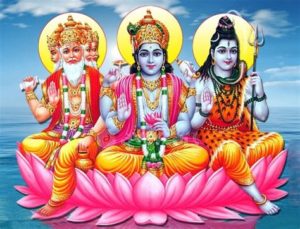
When you are in India, you see many Hindu temples and many avatars of Gods. In creating this list of information about India that will surprise you, I was hesitant to talk about the number of gods in Hinduism.
The exact figure is impossible to know exactly. Some sources speak of 33 million and others of 300 million. There is the holy trinity composed of Brahma (the creator), Vishnu (the protector) and Shiva (the destroyer). These are considered as the source of all gods of Hinduism.
But why is it impossible to know the exact number of gods? It is indefinite to count the number of Gods, because each village or region has their own gods. In Maharashtra for example, some people consider Chhatrapati Shivaji Maharaj as a god.
3- 21% of world believers follow an Indian religion:
one of the most surprising information on India

India is the only country in the world to be the origin of 4 religions. One of them is the third religion in the world.
Hinduism is the first religion to emerge in India which was not a religion at first. Then Buddhism and Jainism comes in the limelight. Finally, Sikhism was born in the 15th century in Punjab. The only religion that has spread widely in the world is Buddhism. At present, Buddhists represent 7% of the world population.
Hinduism is the third religion in terms of practitioners. There are approximately 1 billion Hindus worldwide. By adding all the practitioners of the 4 Indian religions, we arrive at approximately 1.653 billion number. This represents 21% of the world population.
4- India is the richest country in gold

In India, there is a frenzy around gold as few countries know it. Gold has religious and cultural importance. It is a symbol of luck, prosperity and purity.
This is not a new fact since Pliny, a historian of the 1st century AD, complained that the Indians were cleaning out the gold reserves of Rome.
At present, India has nearly 18,000 tonnes of gold which represents about 10% of the world’s reserves. It is the second largest market after China. For Indians, gold has a fixed investment value. Indeed, against a volatile rupee the value of gold remains stable. This is why 7% of household savings is invested in gold. Buying gold jewelry is an investment.
Since 2000, the Indian state has been trying to reduce imports of gold by raising prices. In 2019, the price of gold was 7 times higher than in 2000. Gold remains India’s second largest import product after oil. 90% of the gold consumed in India comes from imports.
5- The three Taj Mahal
- Bibi ka Maqbara
There is not one, not two, but three Taj Mahal in India.
The first Taj Mahal is known worldwide. It is the most visited monument in India. It was built by Shah Jahan in the love for his wife Mumtaz. His love for the latter was so great that when she died, he wanted to pay homage to her in the best possible way. It is the most beautiful and richly decorated out of the three Taj Mahal.
The second mahal is located in Aurangabad. The Bibi ka Maqbara is often called as the Mini Taj or Taj of Deccan. This was constructed by Aurangzeb for his wife, Rubia ul-Durhani. Unlike his father, he did not built it out of pure love for his wife, but out of ambition of showing the power in Deccan region. Indeed, the succession of the Mughal empire returns to that one who shown the most ambition or courage to become emperor.
Finally, the last stems from a magnificent story. One day Faizul Hasan Kadari’s wife was sad that no one would remember them because they could not have children. Faizul Hasan Kadari promised his wife that he would do everything to be remembered. Before he died, he embarked on the construction of a Taj Mahal to honor the memory of his wife. This last Taj is located in Bulandshahr, Uttar Pradesh.
6- The invention of zero: one of the information on India that you should know
One of the concepts that seems obvious to us now, but has not been through history, is the conviction of zero.
The zero can be the absence of element, just like a empty space.
Zero as the absence of an element was theorised by Bramhagupta, an Indian mathematician and astronomer from the 5th century AD when it was only used as symbol.
The zero as a number appeared in three different civilisations. In Mesopotamia, it appeared around the 3rd century BC. It was only used as a number to mark the empty position. In China, zero is represented by an empty space between the numbers.
It is India which gave us its importance in 5th AD, the concept of zero as a valuable number and a number that we still use today. The first one to define zero was Brahmagupta, mathematician and astronomer as per his book Brahma Siddhanta. Later, Aryabhatta taught us to use number zero in addition and subtraction.
7- Birth control in India
When we think of India, we often think of overcrowd or too many people. The country, which currently has 1.3 billion inhabitants, is expected to overtake China by 2050.
We still have a birth control policy in some some states which is being implemented. One of the example is Rajasthan. In this state, if you want to become a civil servant, you cannot have more than two children. By having third child, you lose your job and have no chance of being able to work in the public service.
Now badly impacted with corona virus crisis, officials ask for implementing this rule all over India in all the administration.
8- The foundation of coffee in India

It is an incredible story that has enabled India to produce 4.5% of the world’s coffee.
It all started in the 16th century, when Baba Budan, a Sufi saint, left his native Karnataka to do the Hajj, the pilgrimage to Mecca.
On the way back, he passed through Yemen. He discovered coffee and became addicted to this new drink. He decided to bring back 7 raw coffee beans to India. For that, he risked his life. Indeed, at that time Yemen only authorized the export of roasted coffee beans in order to keep hold of the coffee market. After his arrival to India, he planted the 7 coffee seeds near Mysore. The hill now bears his name (Baba Budan Hills) and also known as coffee land.
9- The Battle of Saragarhi: a Last Great Battle in History
It is considered by historians to be the last great battle in history.
This battle took place on September 12, 1897 in the northwest of the British Indian Empire, now in Pakistan. Saragarhi is a small fort which is located between the forts of Gulistan and Lockhart. Afghan Orakzai tribes challenged the British Empire. The plan was simple, take the fort of Saragarhi to cut any reinforcement between the two other forts. For that, the Afghans acted quickly and take the fort of Saragarhi quickly before seizing the two other forts. The task was quite intelligible since the fort of Saragarhi was defended “only” by 21 Sikh soldiers.
It is estimated that between 12,000 and 24,000 Afghan soldiers have attacked the fort. The 21 Sikh soldiers fought to the death and held the fort. This gave some time to the British army to plan for fighting back.
The bravery of these 21 soldiers is celebrated on September 12.
10- Neerja Bhanot: a little-known heroine
India has gave birth to heroes who should be known worldwide. Unfortunately, it is not the case these days.
Neerja Bhanot was a 23 year old flight attendant. On September 5, 1986, she had to become skipper on Pan Am flight 73 between Mumbai and the United States. During the stopover in Karachi, the flight was hijacked.
From the start, Neerja Bhanot had the reflexes necessary actions to limit the danger of the situation. She managed to warn the pilots that hijackers have taken possession of the aircraft. This allows the latter to flee and land the flight on the ground.
The terrorists wanted to kill Americans and ask the hostesses to recover the passports. Neerja knew all the 43 Americans passports on board.
When the terrorists started to open fire, Neerja opens one of the doors of the plane and got the way to evacuate people out of the plane. She could have jumped first, but she stayed until the end. One of the terrorists shot her at point-blank range.
Thanks to Neerja Bhanot’s composure and courage, 359 passengers and crew members were saved out of the 379.
Were you surprised by these information about India? Which one surprised you the most? Let us know in comments.
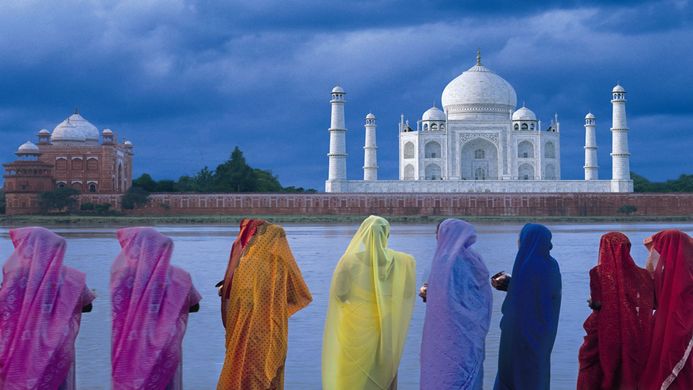
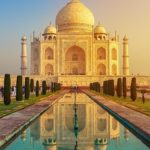

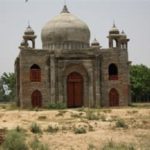
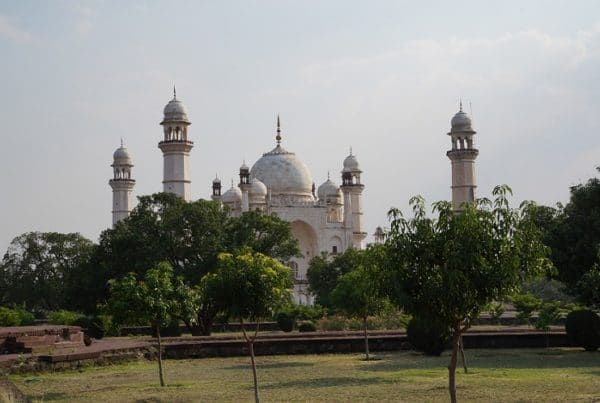
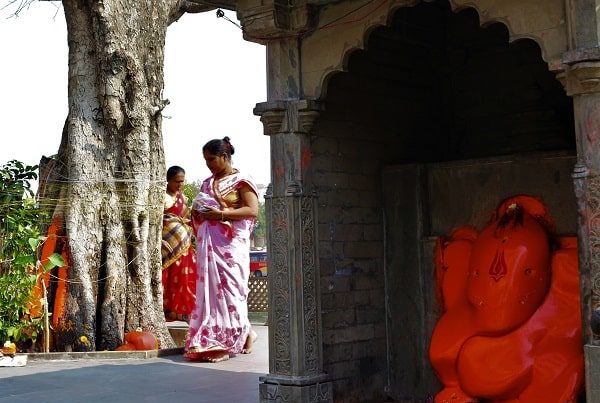
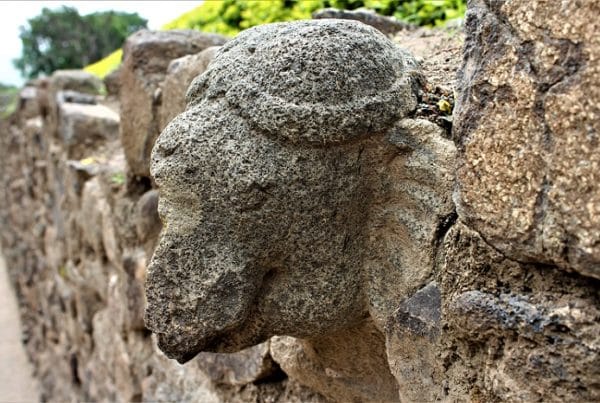
Join the discussion One Comment